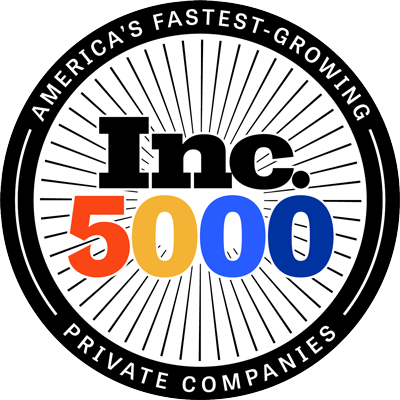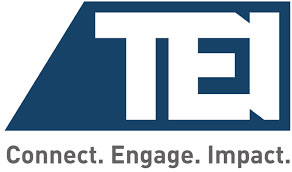Quickfire R&D: Helpful tips to prepare for IRS audit
Paige Riordon, MASSIE R&D Tax Credits
As we are seeing an uptick in unfavorable taxpayer rulings related to research credit claims, here are some quick tips to make sure you are ready in case of an IRS audit.
Section 41 provides a tax credit that is based on a taxpayer’s spending on qualified research.[1] Generally stated, qualified research consists of research and development activities undertaken during the taxable year that meet four specific criteria (the “Four-Part Test”):
- With respect to which expenditures may be treated as expenses under Section 174, (also known as the Section 174 Test);
- Which is undertaken for the purpose of discovering information, which is technological in nature, (also known as the Discovering Technological Information Test);
- The application of which is intended to be useful in the development of a new or improved business component of the taxpayer (also known as the Business Component Test); and
- Substantially all the activities of which constitutes elements of a process of experimentation for a qualified purpose (also known as the Process of Experimentation Test).[2]
In addition to the Four-Part Test, software developed primarily for the taxpayer’s internal use (“IUS”) must meet an additional three-part High Threshold of Innovation Test unless the software meets an exception:
- The software is innovative (also known as the Innovative Test);
- The software development involves significant economic risk (also known as the Economic Risk Test); and
- The software is not commercially available for use by the taxpayer in
that the software cannot be purchased, leased, or licensed and used for the intended purpose without modifications
(also known as the Commercially Available Test).[3]
Tip 1: Process of Experimentation
The Process of Experimentation Test is often the most difficult to document. The key to successfully documenting the process of experimentation is to focus on the basics. Treas. Reg. Section 1.41-4(a)(5) states a process of experimentation:
…must fundamentally rely on the principles of the physical or biological sciences, engineering, or computer science and involves the identification of uncertainty concerning the development or improvement of a business component, the identification of one or more alternatives intended to eliminate that uncertainty, and the identification and the conduct of a process of evaluating the alternatives (through, for example, modeling, simulation, or a systematic trial and error methodology).
Therefore, when documenting the Process of Experimentation Test make sure you[4]:
-
Identify the specific hard science being relied upon.
The more specific the better! Don’t just state you relied on the hard sciences. It is better to provide details around the principles relied upon.
- Identify the technical uncertainty.
Make sure in identifying the uncertainty you note the scientific nature of the uncertainty. The IRS notes business (i.e., would the product be competitive) and project management issues (i.e., staffing problems) as failing the Discovering Technological Information Test. In many research and development projects, particularly software, the business and project management issues may drive the technical issues; in these cases, it is important to focus on those underlying technical issues.
- Identify the possible solutions to the technical uncertainty.
It is important to clearly state what the uncertainty is, as the IRS has repeatedly stated that merely demonstrating that uncertainty has been eliminated is insufficient to satisfy the process of experimentation test.[5] It is also important to note, that there does not have to be more than one possible solution, you just need to be able to describe what your uncertainty is and how your process would be able to evaluate more than one solution.
- Identify and conduct a process of evaluating the alternatives.
As noted above, uncertainty itself does not necessarily equate to engaging in a process of experimentation.
It is important to list the steps undertaken, document why those steps were used, and describe the findings.
Additionally, these steps need to be focused on the technical uncertainty not the business or project management
issues. The IRS provides modeling, simulation, and systematic trial-and-error methodology as examples of
experimentation in the Audit Technique Guide. As this step is generally more difficult for software development
projects, it is usually helpful to start with the taxpayer’s standard software development lifecycle plan to
understand the experimentation process.
Tip 2: High Threshold of Innovation Test
Similar to the discussion above around the Process of Experimentation Test, the key to the High Threshold of
Innovation Test is to provide clear-cut answers.
- Who is your intended user?
Software has always been a controversial topic in the research credit space. The final software regulations
issued on October 3, 2016, provided guidance on what constitutes IUS. Specifically, the regulations define IUS
as software developed for use in general and administrative functions. The regulations also provide exemptions
out of the high threshold of innovation test, such as software and hardware developed together as a single
product.[6] When looking at a software development project, it
is critical to understand and document the intended functionality and user. If the software business component
does not meet the IUS definition or meets one of the exemptions, the taxpayer only must meet the four-part test,
which has historically been easier to defend.
- The Innovative Test.
Prior to the 2016 regulations, the innovative test was defined as unique and novel, yet the regulations did not
define unique or novel. The 2016 regulations updated the Innovative Test to state “software is innovative if the
software would result in a reduction in cost or improvement in speed or other measurable improvement, that is
substantial and economically significant…”[7] In
documenting how taxpayers meet the Innovative Test, the best practice is to provide clear numerical
measurements. For example, if this project is successful taxpayer will increase productivity gain by 50%. The
regulations do not define substantial and economically significant, so it is up to the taxpayer to make the
argument.
- Economic Risk Test.
The Economic Risk Test is defined in the regulations as software development that “involves significant economic
risk if the taxpayer commits
substantial resources to the development and if there is substantial uncertainty, because of technical risk,
that such resources would be recovered within a reasonable period”. The regulations do not define substantial
resource or substantial uncertainty. The regulations do, however, go on to state that substantial uncertainty is
more than the uncertainty in the Section 174 Test and that the uncertainty relates to “whether the final result can
be achieved within a timeframe that will allow the substantial resources committed to the development to be
recovered within a reasonable period.”[8] Accordingly, when
addressing the Economic Risk Test the key is to focus on the resources the taxpayer commits to the project, how
does this compare to other projects, what is the ROI on the project, etc. The more facts the better. Make them
measurable!
Tip 3: Create Nexus
Another hot topic in the research credit controversy space is the taxpayer ability to create nexus with the
qualified research expenses (“QREs”) claimed and the qualified research activities documented. Recent research
credit case law provides examples of where the courts have ruled in the favor of the IRS and disallowed research
credit claims due to the taxpayer not providing documentation to substantiate the research credit. For example,
in Little Sandy[9] the judge noted
wanting to apply the shrink-back rule of Treas. Reg. Section 1.41-4(b)(2) so that the taxpayer could receive
some credit, but the taxpayer provided no evidence to allow the court to do so. As a taxpayer reviews their
calculation file, they should consider if they provided enough information to support their positions on
qualified research activities (i.e., substantially all, shrink-back, etc.).
Tip 4: Contemporaneous Documentation
Contemporaneous documentation can be invaluable to supporting a research credit claim; however, it needs to be
specific and relevant. We continue to see the IRS and courts push back on credits where they feel the taxpayer
is just providing documentation to meet the “feel” test rather than substantial data. For example, United
Stationers, Inc.’s[10] credit was
disallowed based on the court’s finding that “the nonspecific project summaries and statements produced were
general in nature and did not demonstrate the uncertainty or experimental nature of the activities.”
Additionally, in the recent CCM for refund claims, discussed within this newsletter, the IRS noted “if a
taxpayer provides documents, including a credit study, the taxpayer must specify the exact page(s) that supports
a specific fact. A mere volume of documents will not suffice to meet a taxpayer’s obligation.”[11] A few examples of meaningful contemporaneous documentation include
test results, screenshots of computer simulation, documentation of codes changes, photos or videos of testing,
meeting notes, iterations of architecture drawings or engineering drawings, or internal presentations. Taxpayers
should also take the time to document the specific facts that are provided in each document.
[1] Section 41(d).
[2] Audit Techniques Guide: Credit for Increasing Research
Activities (i.e. Research Tax Credit) IRC §41
[3] To see exceptions to the high threshold of innovation test
refer to Treas. Reg. Section 1.41-4(c)(6).
[4] Audit Guidelines on the Application of the Process of
Experimentation Requirement for all Software
[5] Audit Techniques Guide: Credit for Increasing Research
Activities (i.e., Research Tax Credit) IRC §41
[6] Refer to Treas. Reg. Section 1.41-4(c)(6) for additional
information on the definition of internal use software and high threshold of innovation test exemptions.
[7] Treas. Reg. Section 1.41-4(c)(6)(vii)(B)
[8] Treas. Reg. Section 1.41-4(c)(6)(vii)(C)
[9] TC Memo 2021-15
[10] 163 F.3d 440 (7th Cir. 1998).
[11] CCM 2021410F
FOR MORE INFORMATION
To
speak with one of our experts or for a free evaluation of your R&D tax credits, please contact us at
678.807.7228 or [email protected]. We’d love to hear from you!





